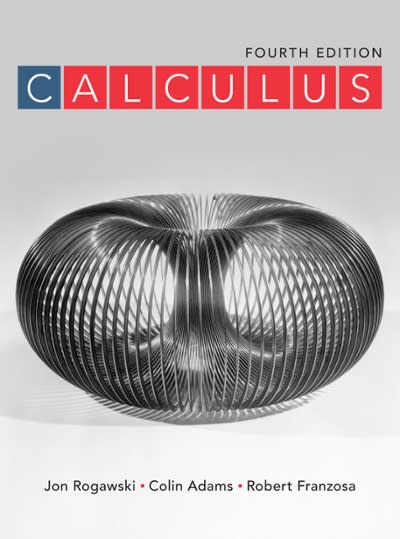Question
1. Exercise 13-1. Below you will find a number of statistics for use with categorical variables. You will notice that each with its purpose by
1. Exercise 13-1. Below you will find a number of statistics for use with categorical variables. You will notice that each with its purpose by writing the correct number in the space after each statistic. The Greek letter that represents the statistic is statistic has a name based on a Greek letter. In order to reinforce the name and purpose of each statistic, match the statistic in parentheses
. a. Chi-square (x ^ 2)
b. Era-squared (n ^ 2)
c . Gamma ()
d . Lambda ()
e . Tau - b(tau_{b}
f . Phi ( )
1. A measure of association between ordinal-level variables
2. An association measure that adjusts an observed chi-square statistic by the sample size
3. Measure of association between ordinal-level variables
4. A statistic used to test whether a relationship is statistically significant in a cross-tabulation table
5. A measure of association used with the analysis of variance that indicates what proportion of the variance in the dependent variable is explained by the variance in the independent variable
6. A measure of association between one nominal- or ordinal-level variable and one nominal-level variable
2. Exercise 13-2. Chapter 13 in the textbook discussed cross-tabulation as it relates to the analysis of two variables. Answer each of the following questions about why and how we might use a cross-tabulation for analysis.
a. Cross-tabulations are for categorical data. What are categorical data? How would you define a categorical variable?
b. Why would it be difficult if not impossible to use a cross-tabulation to examine two variables that capture continuous data rather than categorical data?
c.When the categories of the independent variable are arrayed across the top of a cross-tabulation table, that is, they are the column labels. Why is it essential that the column percentages equal 100
d. For what purpose would you use gamma in analyzing data in a cross-tabulation?
e. How would you interpret a gamma value? How would you interpret a gamma value of -1?
f. How much magnitude (the distance from 0 ) would you want to see in gamma before concluding that there is a strong relationship between the variables?
Step by Step Solution
There are 3 Steps involved in it
Step: 1

Get Instant Access to Expert-Tailored Solutions
See step-by-step solutions with expert insights and AI powered tools for academic success
Step: 2

Step: 3

Ace Your Homework with AI
Get the answers you need in no time with our AI-driven, step-by-step assistance
Get Started


